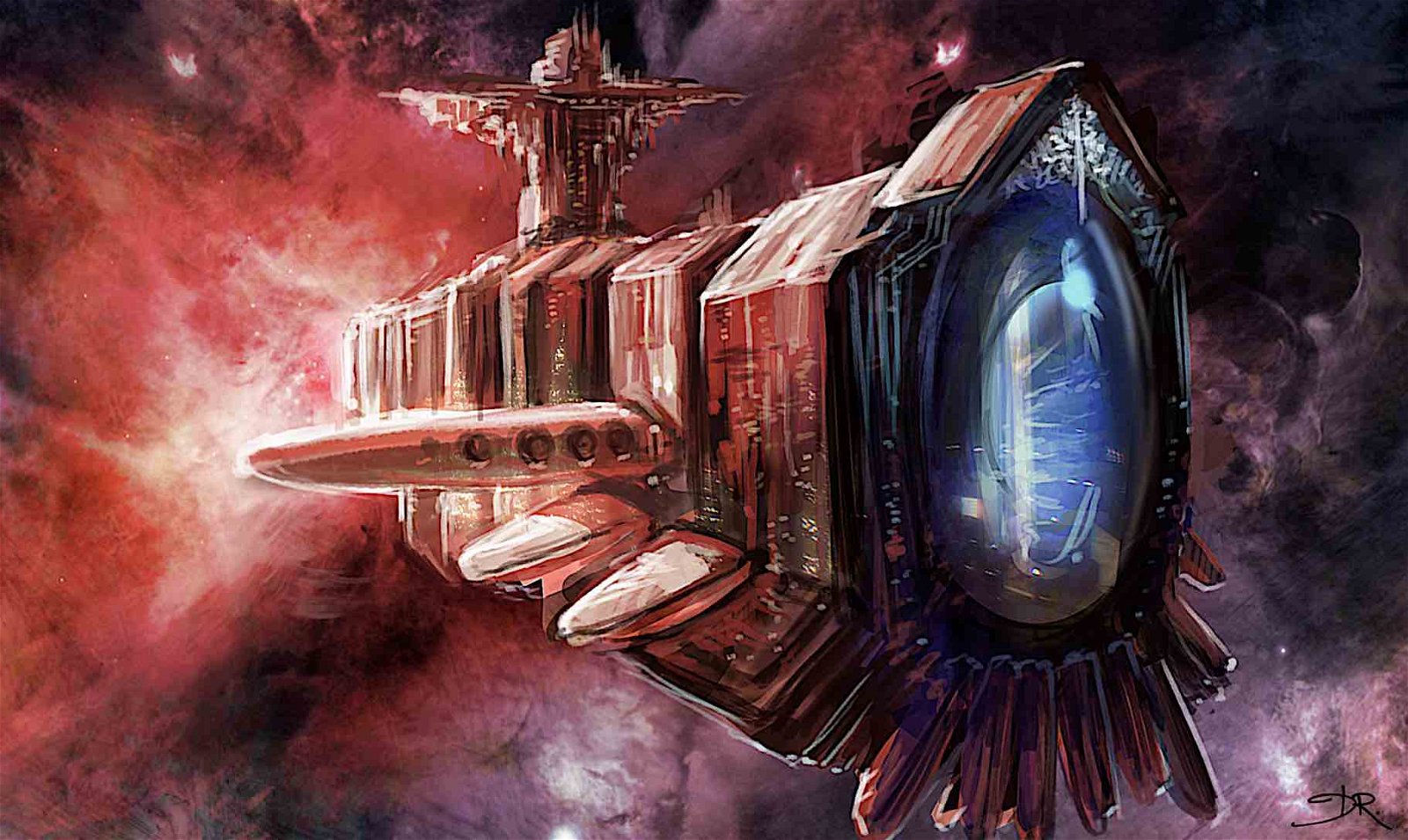Large Language Models with Artificial Intelligence (AI) are neural networks whose hardware is very different from the human brain. They consume giga-watts of power instead of tens of watts, they are made of silicon instead of spongy flesh and blood, and their artificial neurons transmit signals at the speed of light. Such signals would have traveled 150 kilometers during the half-millisecond it takes neurotransmitter molecules to travel between synapses in the million-times smaller brain.
These material differences suggest that AI systems represent what we might characterize as an “alien” intelligence. Sure, we can do our best to align AI with humans through extensive training and supervision, but in the long run, this attempt might end up being comparable to putting lipstick on a pig.
Indeed, the fundamental distinction between AI and human intelligence might offer us a first taste of what we may one day encounter through the eventual discovery of extraterrestrial technologies manufactured under unimaginable circumstances on some distant exoplanet.
The Drake equation does little to shed any light on the chances of having such an encounter. Within billions of years, it takes just a single advanced civilization in the entire Milky Way galaxy to fill all of interstellar space with self-replicating probes that are equipped with AI and 3D printers so as to produce copies of themselves out of the raw materials they can find in remote locations. This trick of self-replication is familiar to terrestrial microbes, which regularly reproduce and multiply.
Interestingly, the computational abilities of both AI and the human brain are limited by the power available to them. The human brain grew to consume a fifth of the body’s metabolic energy, a requirement barely satisfied by hunting and gathering natural resources. The exponential growth of AI systems will likely saturate within a decade or two because of limitations on the electric power supply.
It is natural to assume, by extension, that the level of intelligence exhibited by extraterrestrial probes will be limited by their power supply. The energy flux supplied by a star scales inversely with distance squared, whereas the time to cross that distance scales in proportion to its value. As a result, the amount of available stellar energy scales inversely with the distance of the closest approach to a star. By reaching the Earth-Sun separation, an interstellar probe can harvest 100,000 more energy than attainable at the midpoint between the Sun and its nearest star. This provides a good incentive for interstellar probes to visit the habitable region around stars. Diving ten times closer to the star could lead to the melting of the probe, as its surface temperature would exceed a thousand degrees.
Aside from providing power at tolerable surface temperatures, the habitable region around a star also offers the opportunity for finding liquid water, which could be converted to hydrogen or oxygen fuel through the breakup of water molecules by electrolysis. For these reasons, habitable planets could be viewed by interstellar probes as fueling stations.
Functional interstellar probes might arrive near Earth for these reasons. Imagining that they do it because of us is pretentious. We might not be the main attraction on Earth, as science fiction movies often lead us to believe, given our self-centered mindset.
In a big city, we often find strangers on our street who do not care about us. Similarly, extraterrestrial probes might not view our nuclear arsenals as a threat or as an asset. But we might use them to benefit from their insights or align our interests with theirs. These are the same motivations that guide our interaction with AI systems. Given these similarities, the abbreviation AI could stand for alien intelligence as much as it stands for artificial intelligence of our own making.
Our biggest telescopes are unable to detect the flux of sunlight reflected from meter-size probes unless they arrive within a distance comparable to the Earth’s diameter. Based on the impact rate of interstellar meteors, like IM1 or IM2, there should be millions of meter-scale objects from interstellar space within the orbit of the Earth around the Sun at any given time. The key question is whether any of these interstellar objects is artificial in origin. And most importantly, are there any functional devices among the rocks and space trash that most objects represent?
I write this with hopes that the three observatories of the Galileo Project in the U.S. will join forces with the Rubin Observatory in Chile, to find new interstellar objects starting in 2025. Even if only one in a million of these objects happens to be a functional device, its discovery will change the way we behave, similar to the realization that someone is reading our emails or listening to our phone calls.
After identifying the nutrients an interstellar probe feeds on, we can attract it to our backyard by generously providing these nutrients. A closer encounter would allow us to learn more about the nature of its alien intelligence. The limited power supply might limit an alien probe’s intelligence level, but the critical unknown is whether that level exceeds ours. When dealing with alien intelligence, the ultimate challenge is the `unknown unknowns,’ not the `known unknowns.’
We might be part of a large population of intelligence that emerged since the Big Bang 13.8 billion years ago. The fundamental question is how many of them have more parameters than the human brain. For now, our limited knowledge allows us to imagine the benefits of large numbers. We know that there are about 100 billion neurons in the human brain, similar to the number of stars in the Milky Way galaxy or the number of Milky Way galaxies in the observable volume of the universe.
AI systems might augment our bodies in the future, like alien lifeforms. This will not be unprecedented, as there are 100 trillion bacteria in the human gut, similar to the number of stars in a rich cluster of galaxies.
Avi Loeb is the head of the Galileo Project, founding director of Harvard University’s – Black Hole Initiative, director of the Institute for Theory and Computation at the Harvard-Smithsonian Center for Astrophysics, and the former chair of the astronomy department at Harvard University (2011-2020). He is a former member of the President’s Council of Advisors on Science and Technology and a former chair of the Board on Physics and Astronomy of the National Academies. He is the bestselling author of “Extraterrestrial: The First Sign of Intelligent Life Beyond Earth” and a co-author of the textbook “Life in the Cosmos,” both published in 2021. His new book, titled “Interstellar,” was published in August 2023.

